Vintage Handwoven Moldovan Kilim Rug 6' 11" x 10' 9" (83" x 129")
Type:
Kilim RugsCollection:
RoseID:
K0062636Size:
Material:
Design Elements
- Pattern: The vintage handwoven Moldovan kilim features a central floral medallion that showcases a bouquet arrangement, surrounded by an ornate border. The complexity of the design emphasizes traditional craftsmanship.
- Layout: The layout is symmetrical, providing a balanced and harmonious look. The medallion acts as the focal point while the floral motifs radiate around it, enhancing its prominence.
Design Elements
- Pattern: The vintage handwoven Moldovan kilim features a central floral medallion that showcases a bouquet arrangement, surrounded by an ornate border. The complexity of the design emphasizes traditional craftsmanship.
- Layout: The layout is symmetrical, providing a balanced and harmonious look. The medallion acts as the focal point while the floral motifs radiate around it, enhancing its prominence.
- Border: Intricate floral patterns make up the border, framing the central design and enhancing the overall elegance of the rug. The borders often signify the boundary of home and safety.
Colors
- Red: The rich red of the medallion signifies warmth and passion. It is a color often associated with love and vitality.
- Green: Various shades of green in the leaves symbolize growth, fertility, and abundance. It connects with nature and conveys serenity.
- Gold and Cream: The cream and soft golden hues of the background bring warmth and lightness, often representing purity and new beginnings.
- Pastel Colors: The pastel tones add softness and elegance, reflective of the delicate beauty of floral themes in design.
Main Motifs and Their Symbolism
- Floral Medallion: This central motif represents beauty and the cycle of life. Flowers signify growth, renewal, and the importance of nature in daily life.
- Vines and Leaves: These elements symbolize connection and familial bonds, often seen as representations of life and continuity.
- Ornate Borders: The intricate borders symbolize protection and safety, creating a metaphorical barrier that shields the home from negative energies.
- Color Combinations: The interplay of colors reflects harmony and balance, essential themes in Moldovan culture that emphasize unity in diversity.
Summary
The vintage handwoven Moldovan kilim rug features a richly detailed floral medallion at its center, surrounded by intricate borders. The color palette, including deep reds, various greens, and warm cream tones, enhances the aesthetic appeal while carrying symbolic meanings of passion, growth, and purity. The motifs—primarily floral—represent beauty, life cycles, and familial connections, embodying the essence of nature and tradition in Moldovan culture.
- Ships in 1-4 business days
- Only one in stock, handmade, unique
- Free shipping via FedEx Express. Easy returns
- Contact us or add a note to your order if you want us to delay your shipping.
- Request more info if you want this rug shorter or narrower
Colors may appear slightly different across various monitors due to screen settings device differences, and external lighting conditions. If color accuracy is important for your space, we recommend viewing the rug on multiple devices or contacting us for a detailed color description. We can provide detailed photos and references using Sherwin-Williams, Benjamin Moore, Pantone, or even Crayola crayons.
You can also visualize most of our products in your own room with AR (augmented reality) on an iPhone or iPad.
Return Policy
Need a rug pad? We recommend RugPadUSA
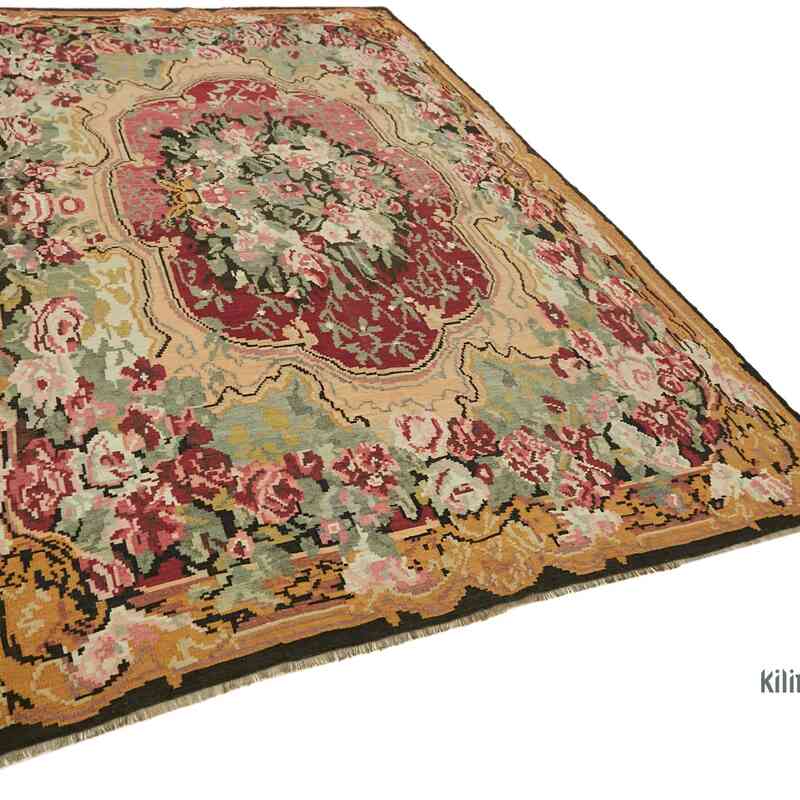
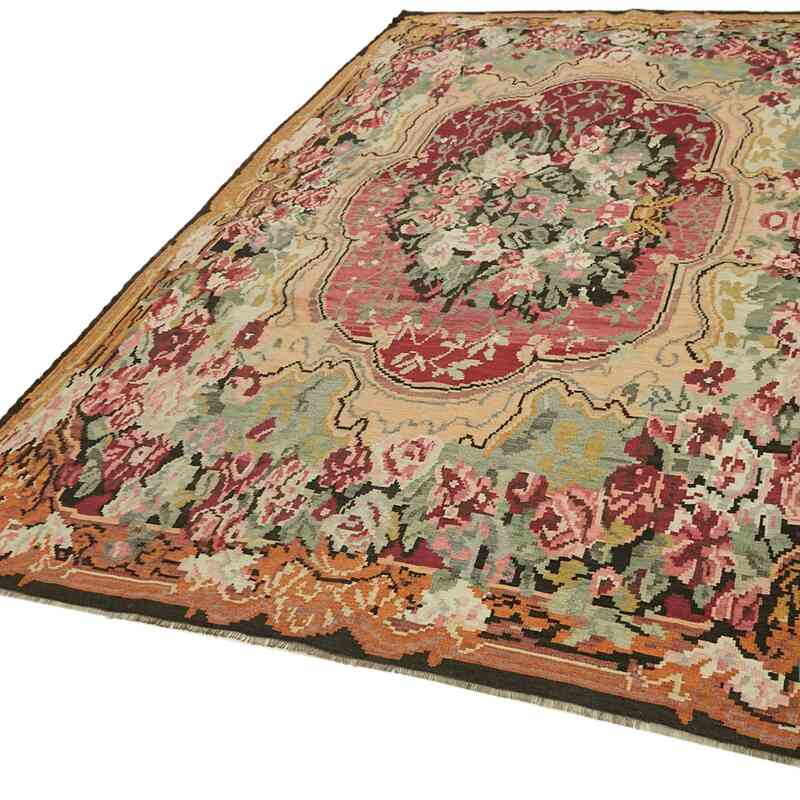
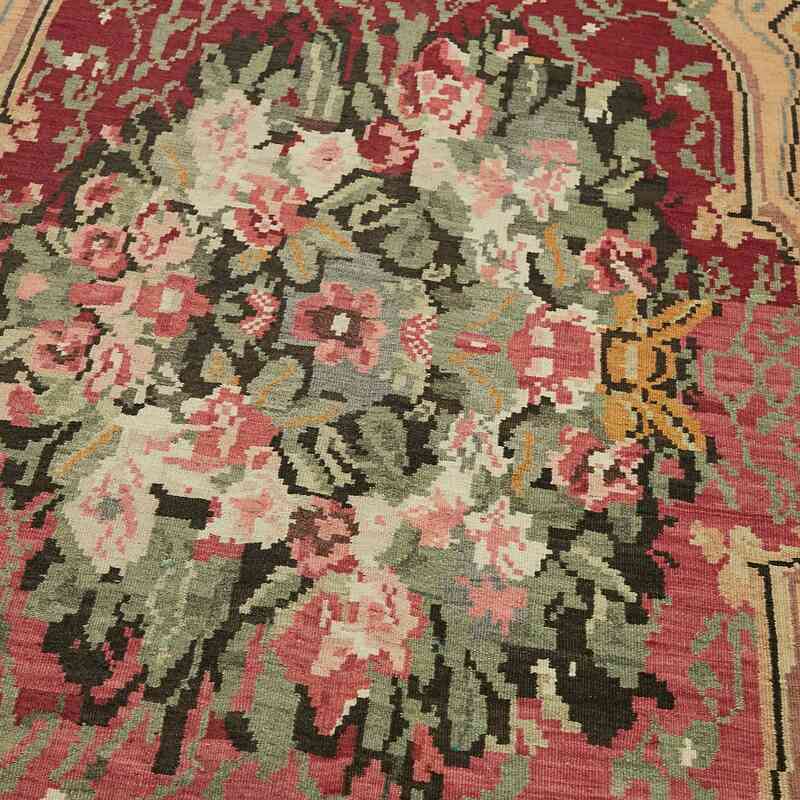
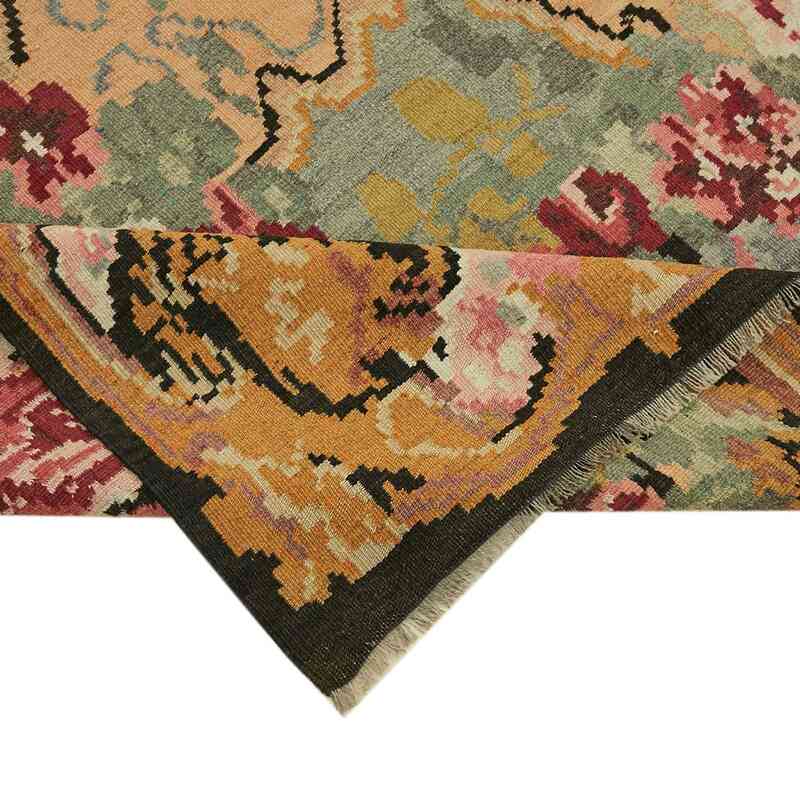
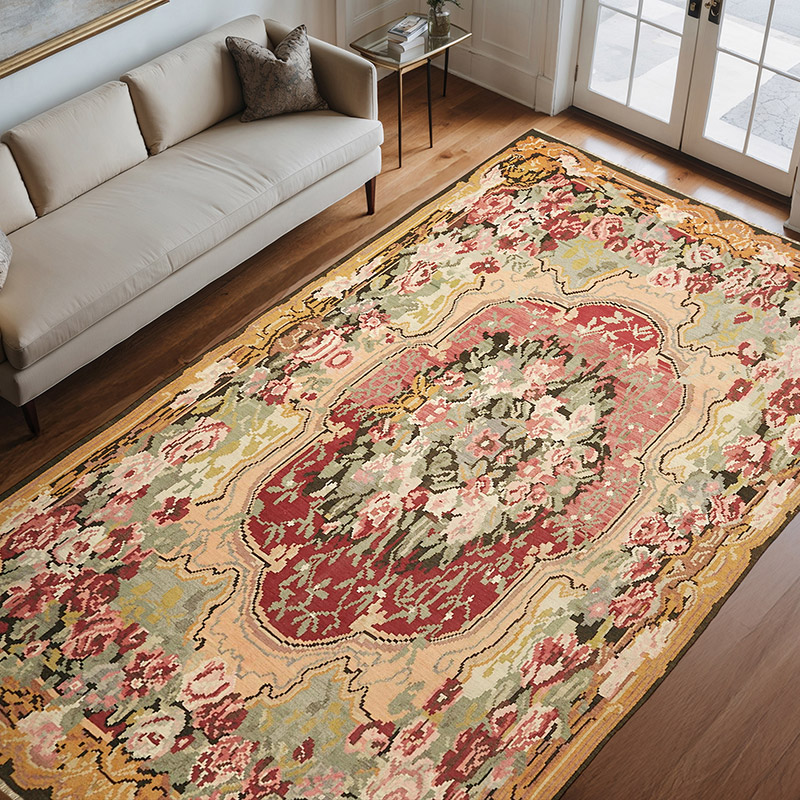
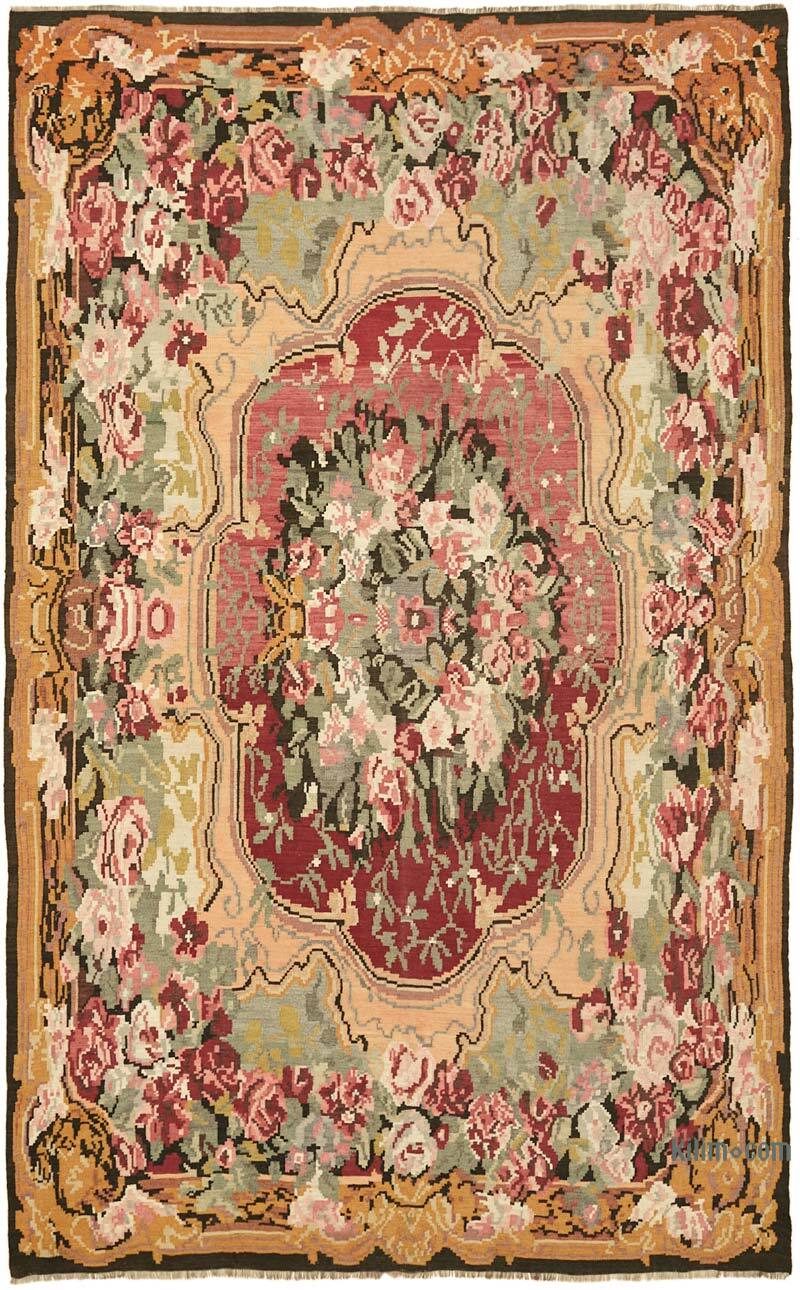
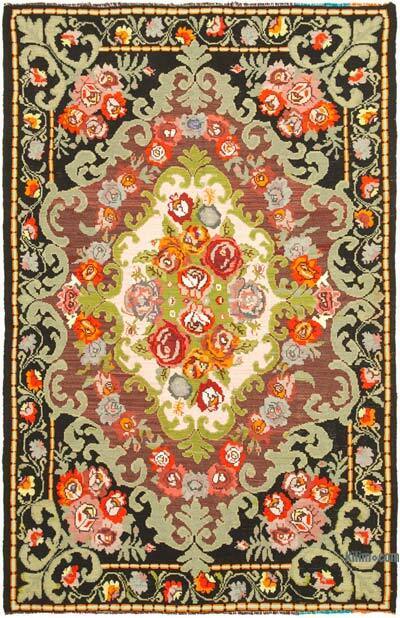
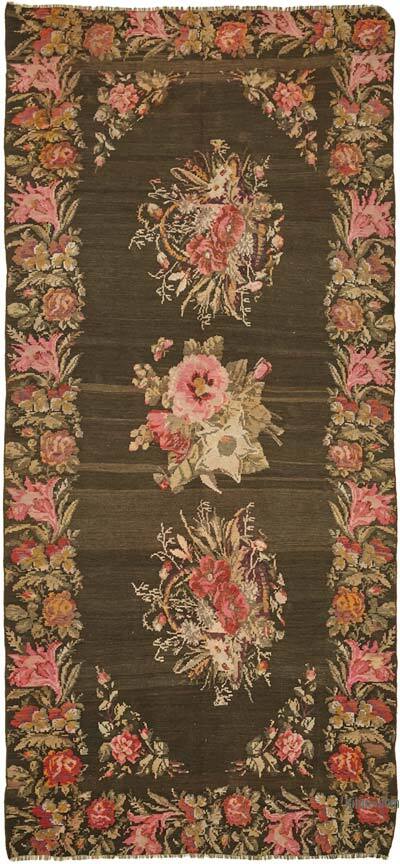
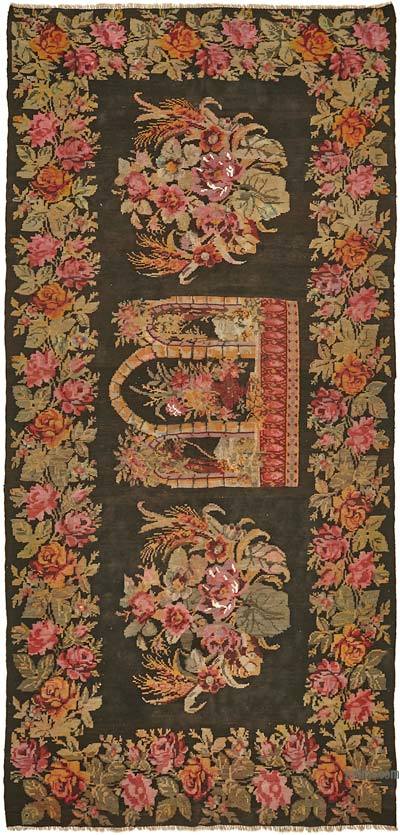
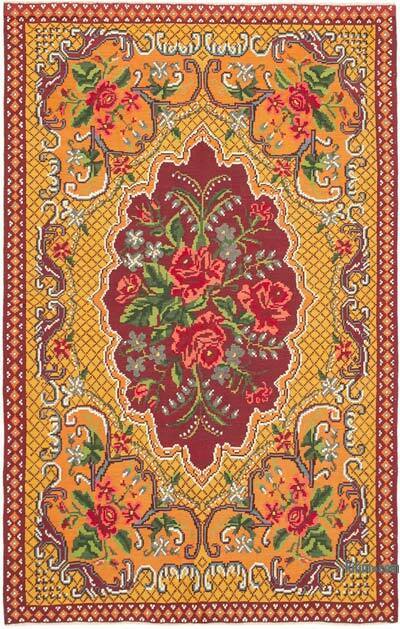
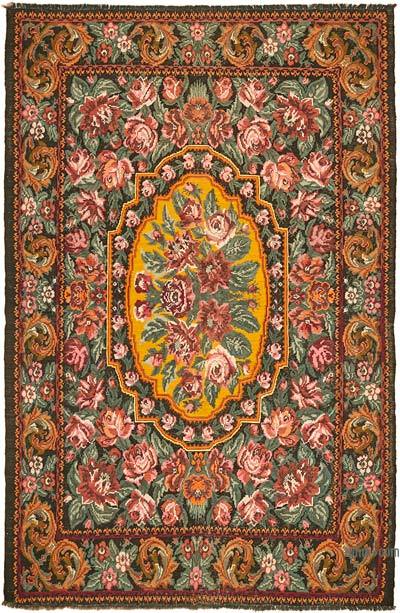
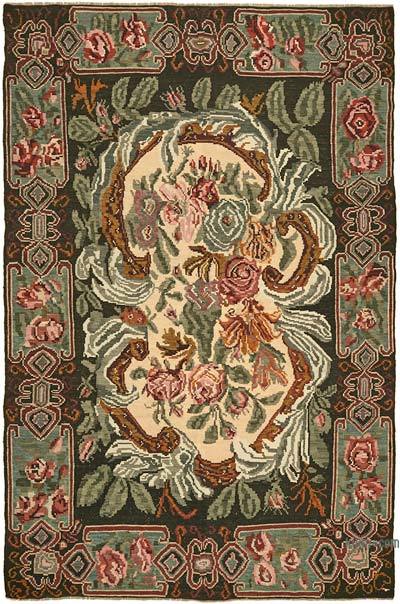
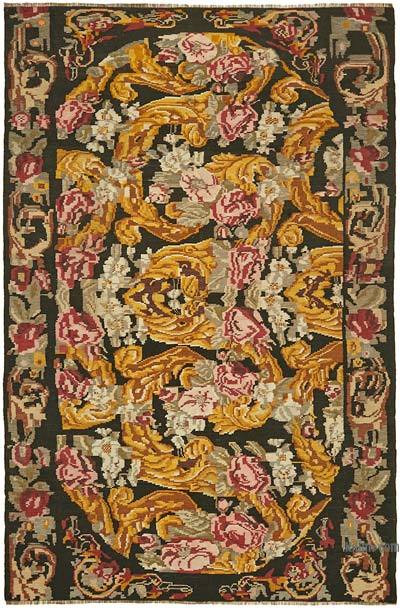
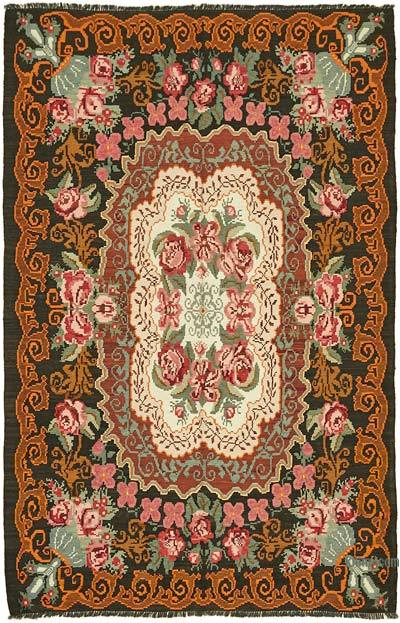
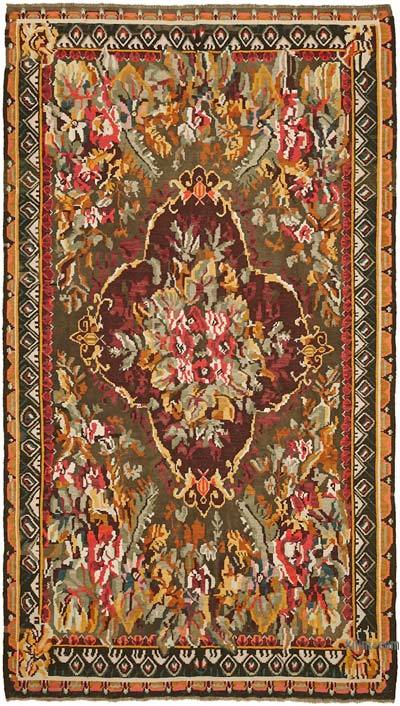
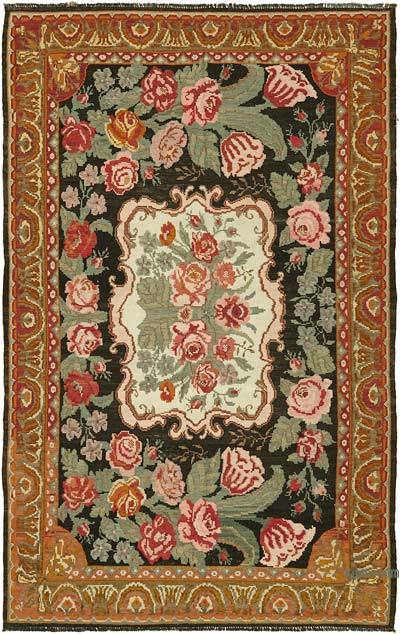
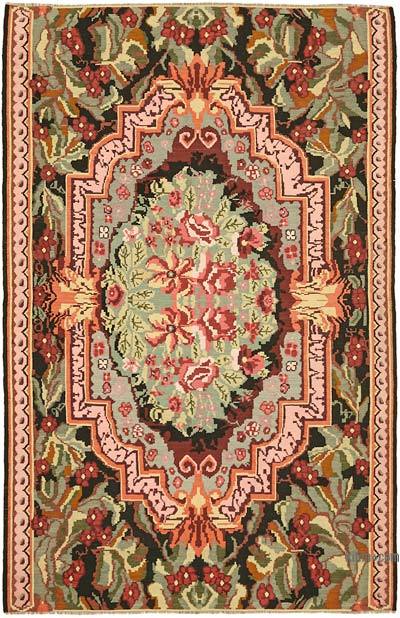
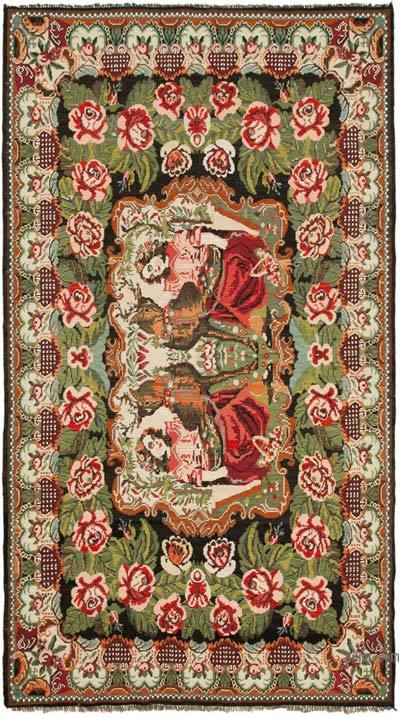
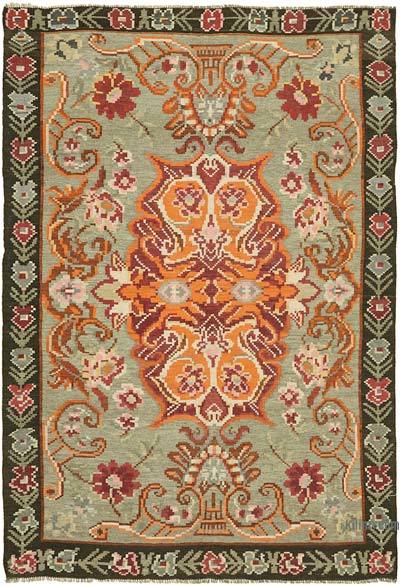
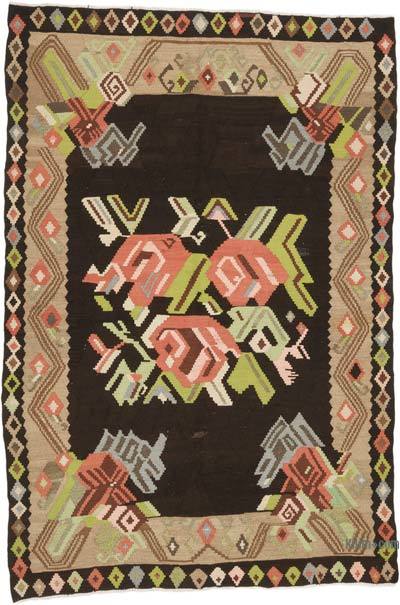
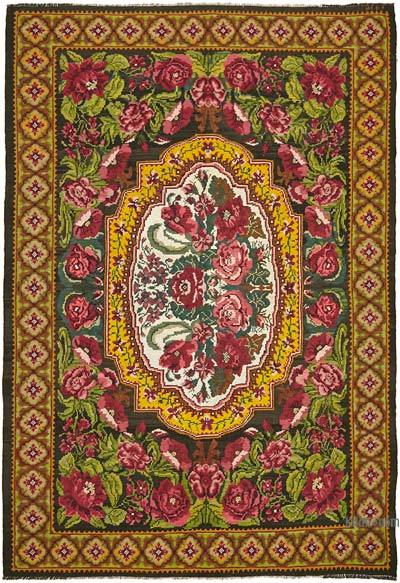
Every aspect of our experience with…